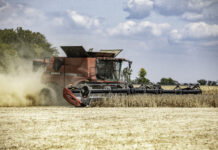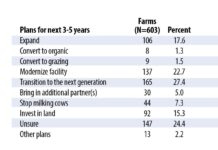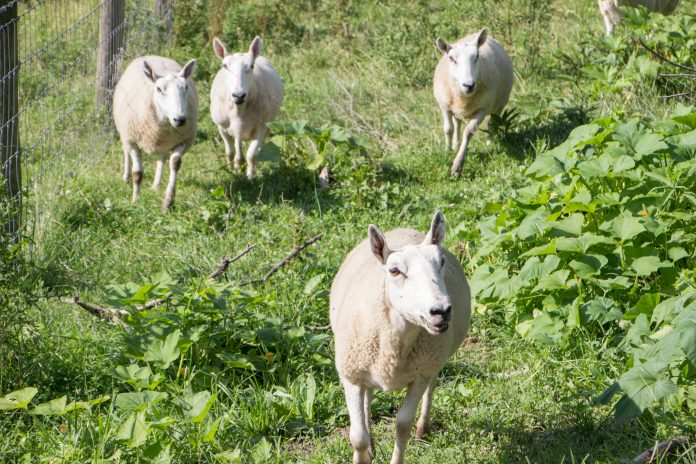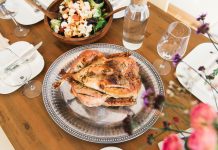Taken in the 1940s, a picture portrays a farmer who was happy with his simple, hard-working existence. Sun is shining brightly on the old man, squinting in the brightness, a smile on his weathered face, his hat in his hand.
His loyal sidekick, a dog he called Herbie Hoover, attempts to step away, a blur of the best dog of a lifetime is all that is captured on the black and white photograph. In the background of this picture, an enormous flock of sheep stand in lush pasture.
Keeping busy
Keeping a flock of 300 sheep, around 30 feeder steers and some milk cows, my great-grandfather also put out an enormous garden each year, and his wife tended a sizeable number of chickens for eggs, some sold to standing, repeat customers along with butter churned in their kitchen.
When my parents set up farming in the early 1950s, my dad’s grandfather, Charlie, tried to convince him he needed to keep a sheep flock. My father was not buying it. World War II had changed the sheep market in a very big way, as canned mutton fed to soldiers turned many young men against the idea of ever eating lamb or sheep meat.
It would take many generations to change that mindset. Consider that 1945’s peak year for sheep, standing at 56 million, was a time when wool and meat combined to drive the market. It was a time when each adult American is said to have regularly consumed about six pounds of lamb and mutton in an average monthly diet.
Wool demand changed, and other meats began taking over the marketplace. A 2011 study showed that one in two Americans had never tried lamb.
My father had grown up in a time when farmers found it difficult to build a fence tight enough to hold crafty sheep, and he’d had his fill of chasing them.
The tradition
His maternal grandfather and his father-in-law both kept a sheep flock and tried many times to gift lambs to my parents. I have only a vague memory of bottle feeding a lamb, one given to each of us four girls one Easter.
Dad told the story, always with a chuckle, many times over the years that even though those lambs were free of charge, the four of them cost him more than he was willing to lose on a monthly basis.
This is lambing season here on our farm. I have thought so many times what Dad would have to say about our flock.
“You mean to tell me you’re losing sleep helping birth those rascals?”
I can hear him say, insisting they would put us in the hole financially. I doubt anyone could resist watching the newborn lambs at play, though, no matter a person’s age or general perspective.
More demand
Slowly, the demand is rising in our country, strengthening the market.
This is due in part to changing tastes as younger cooks are open to trying new things, and old sheep are not butchered and canned for mass consumption to a captive population. Most of all it is driven by a changing ethnic and religious population.
Though it is clear the market will never reach the peak of 1945, driven at that time by both wool and meat demands, in 2018 the numbers reflect a 5.2 million population of sheep on farms of all sizes.
Wool prices are not one bit good, as synthetic fibers have changed all of that and good sheep shearers could never keep up with 1945 production even in a pristine market. As friends check in, updating their recent lambing numbers, birthing twins, triplets and some quadruplets, we are enjoying our shared experience.
As Doug says, it doesn’t feel like work if we smile more than we grumble. Oh, what my dad would have to say to that!














Thanks, Judith! Good read and good family-farm stories!
(From the “Hill Country” of Knox County!)